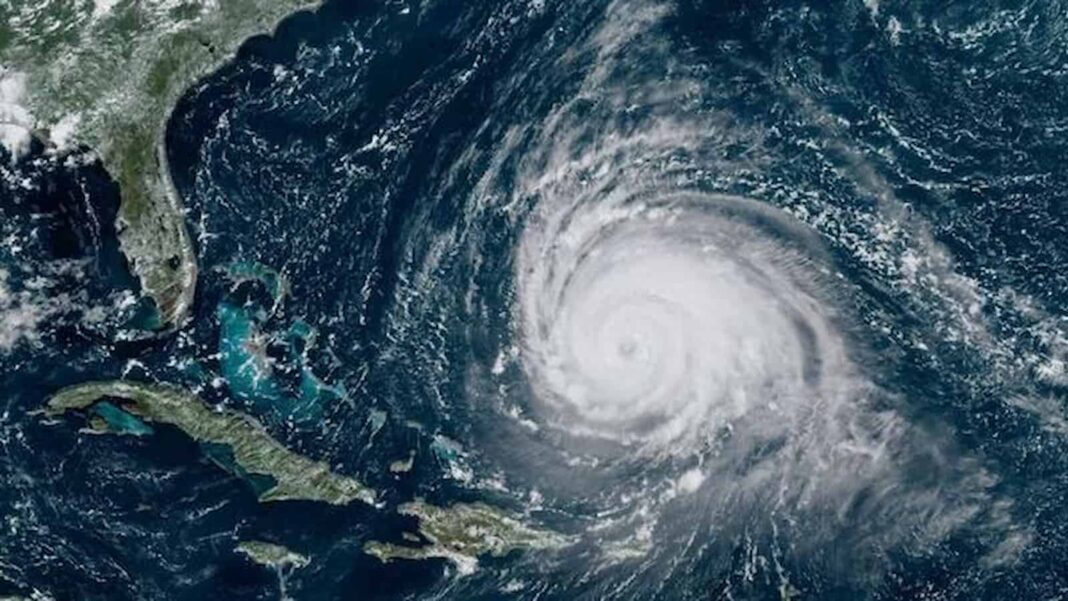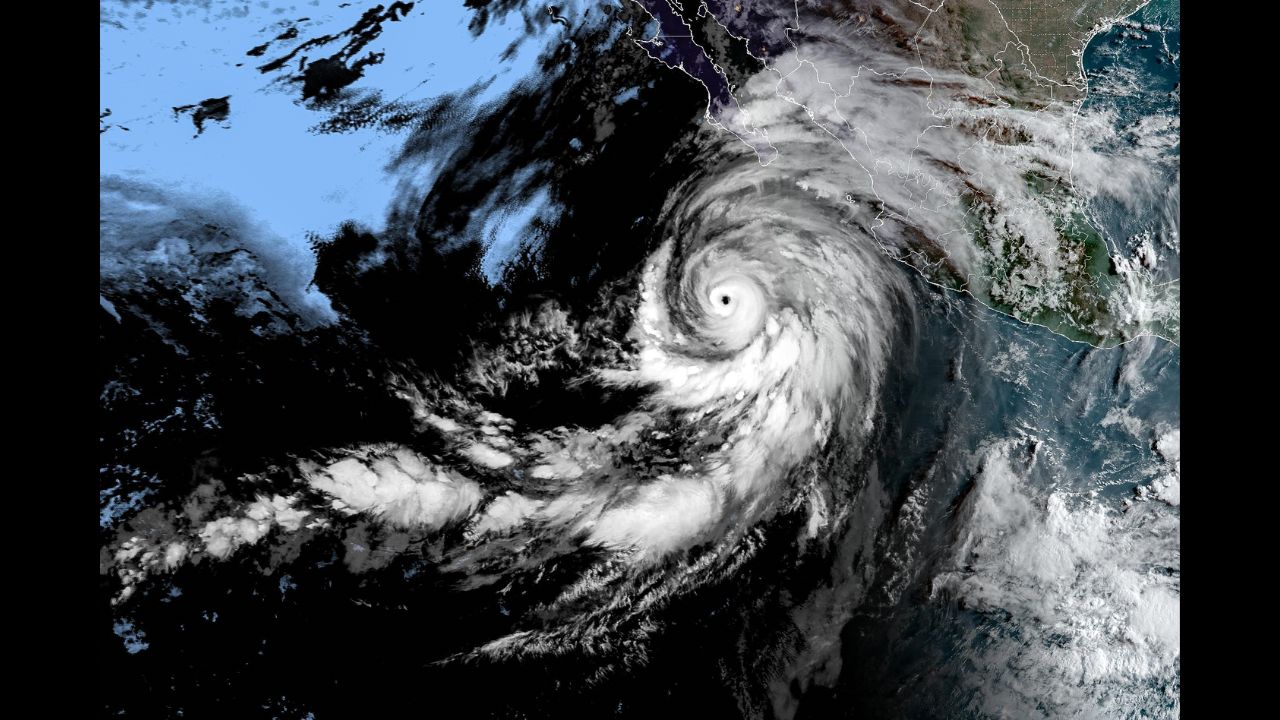Hurricane Season in Florida: Everyone looks forward to more enjoyable days spent outside as the weather warms up each year. However, those longer, warmer spring and summer days also contribute to the development of hurricanes, one of nature’s most powerful forces.
In the Atlantic basin, the hurricane season lasts six months, from June 1 to November 30, impacting states like Florida. In the Pacific, the timeframe is slightly longer, but the enormous storms have no time limit. Any time of the year can see the formation of tropical cyclones.
Typhoon, hurricane, or cyclone?
Strong storms known as tropical cyclones can be found all over the world, originating in tropical and subtropical waters near the equator. In the North Pacific, they are known as typhoons, in the South and Indian Oceans as cyclones, and in the Atlantic and Eastern Pacific as hurricanes.
The Taino, an indigenous people of the Caribbean, are the source of the word Hurricane. Their name, “hurucane,” translates to “evil wind.”
The enormous storms are made up of a mass of clouds and thunderstorm clusters that combine to form a cyclone shape that usually stretches 300 miles, but it may also reach 1,000 miles and reach heights of 10 miles with powerful winds. If they make landfall, their destructive power will vary based on the storm’s intensity and potential for extensive damage.
We are sorry to hear about Vern Dvorak’s demise. Dvorak was a pioneer in developing the Dvorak approach, which uses satellite imagery to estimate a tropical cyclone’s intensity. The method was created in the 1970s and is still a mainstay of NHC’s operations.
Hurricane season lasts for six months
The Atlantic and Central Pacific hurricane seasons officially begin on June 1st, whereas the Eastern Pacific season starts on May 15th. The seasons in all of the basins that impact the US end on November 30. Since official records have been kept, however, more than 90 cyclones have been observed in the Atlantic basin outside of the regular season.
The Eastern Pacific basin’s climatological peak occurs in July and August, while the Atlantic season peaks around September 10. In late August, increased activity is observed in the Central Pacific.
Multiple Areas Affected by Tornadoes and Severe Weather Storm
How do hurricanes originate?
Three primary components are needed for a hurricane: wind, moisture-laden air, and warm (at least 80 degrees) water. Hurricanes, or tropical cyclones, cannot occur within 300 miles of the equator in either direction because there is insufficient Coriolis force to propel the storm’s rotation.
Winds from Africa evaporate the warm Atlantic waters, increasing atmospheric moisture that subsequently condenses to form storm clouds. A concentrated system that can become a hurricane is formed when storm clouds gather around a tropical depression.
What is the average number of hurricanes?
The Atlantic hurricane season typically results in 12 named storms. When a tropical storm reaches sustained wind speeds of 39 mph, it is given a name. The storm is classified as a hurricane when the wind speed hits 79 mph. The Saffir-Simpson Hurricane Wind Scale has five categories for hurricanes. Three of the six storms that occur in the Atlantic during a regular season are significant hurricanes.
How do storms get their names?
The purpose of naming potentially fatal storms is to make them easily identifiable to the general public, allowing them to be warned of approaching danger. In 1953, the National Hurricane Center started naming Atlantic tropical storms; however, an international committee of the World Meteorological Organization (WMO) currently oversees the procedure.
For each of the six distinct zones where tropical cyclones form, the WMO comes up with a list of 21 names. Men’s names now alternate with women’s names; prior to 1979, only women’s names were used. The names of storms that are particularly deadly and destructive can be taken from the list; nevertheless, the lists are rotated every six years. Sandy (2012) and Hurricane Katrina (2005) are two examples for the US.
With 30 named storms in the record-breaking 2020 hurricane season, nine of the storms had to be named using the Greek alphabet. This happened twice before, the first time being in 2005 when there were 28 named storms. For each of the six areas, the WMO has now produced an additional list of 21 names for tropical storms.




